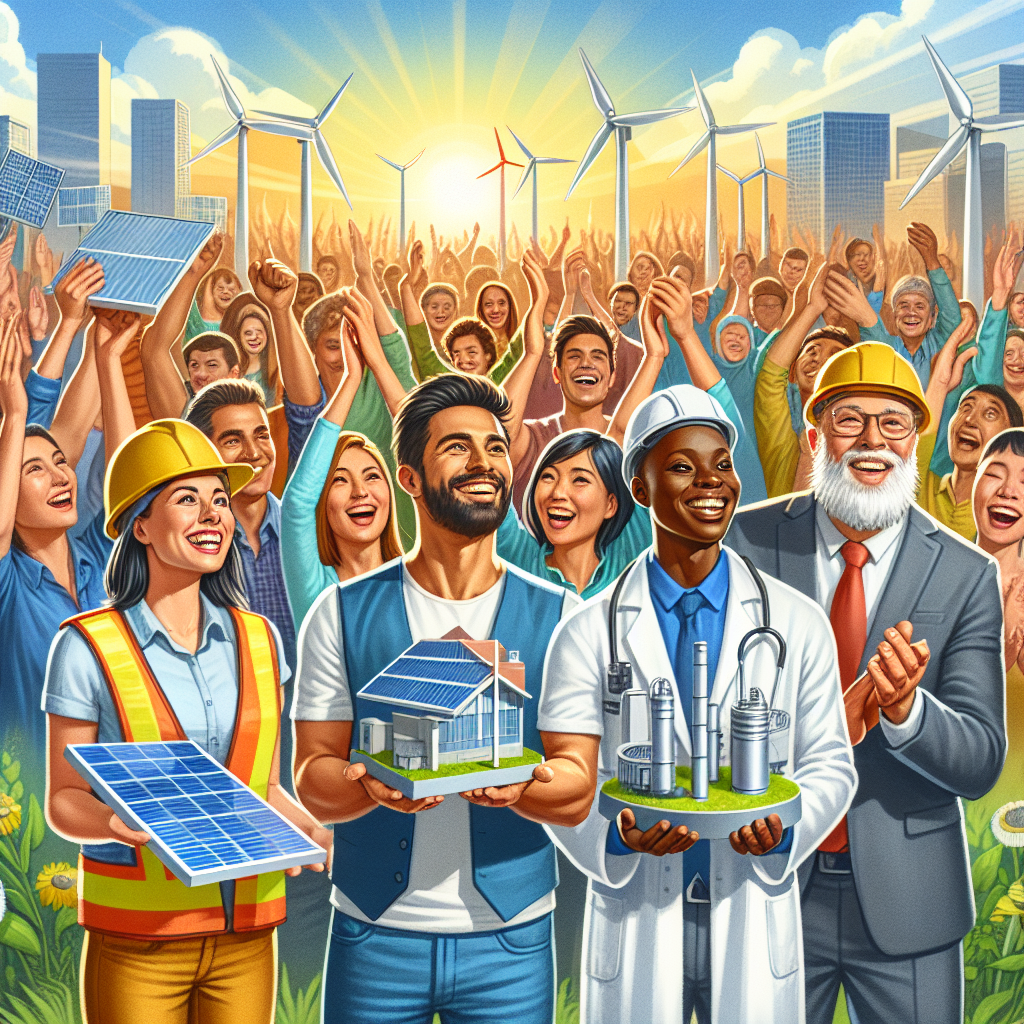In an unprecedented move towards a sustainable future, we have crossed a crucial threshold in harnessing renewable energy sources. This breakthrough signals a pivotal moment for the global community as we grapple with climate change. But what does this landmark achievement mean for us? How will it shape our lives in terms of education and career opportunities?
The immediacy of the impact is palpable across various sectors; however, its most profound imprint appears to be on our educational systems. Universities worldwide are witnessing a surge in enrolments for renewable energy courses while business schools are reorienting their curriculum around sustainable business models.
Key players such as Elon Musk with Tesla’s solar initiatives, Denmark’s Ørsted pivoting from fossil fuels to renewables and NextEra Energy surpassing ExxonMobil’s market cap paint an optimistic outlook for the industry.

We know thus far that investment in clean energy has been ramping up globally. According to BloombergNEF, 2020 saw $500 billion invested into decarbonization including renewable power technologies.
A wave of positive anticipation grips the global populace; social media channels echo with heated discussions about this green milestone achieved against all odds.
The expert analysis is overwhelmingly favorable too. Environmental economist Dr.Nicholas Stern underscores how economic recovery post-pandemic must be green-led if we want it sustainable over time.
“This scale-up is not only urgent but also presents enormous opportunities.”
As we look ahead, we can expect a more intensified global effort in renewable energy adoption. Nations will not only adopt but also enable the common man to participate actively in this green revolution.
The implication of these events on a broader scale is massive. They resonate with the Paris agreement’s goal – “making finance flows consistent with a pathway towards low greenhouse gas emissions and climate-resilient development.”
“The developed countries should provide financial resources to assist developing countries with respect to both mitigation and adaptation.”
Last, contextualizing this milestone within our historical trajectory makes it even more significant. Just sixty years ago, the world was primarily fueled by coal; today, it celebrates sourcing 25% of its electricity from renewables.
Moving Forward
This energy transition has far-reaching implications for education as students prepare for new-age careers defined by sustainability and innovation. The question that now remains: How ready are we to exploit opportunities flowing out of this watershed moment? Our collective progress hinges on our response.

